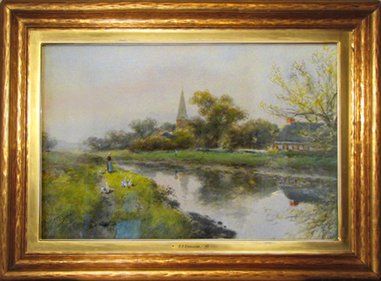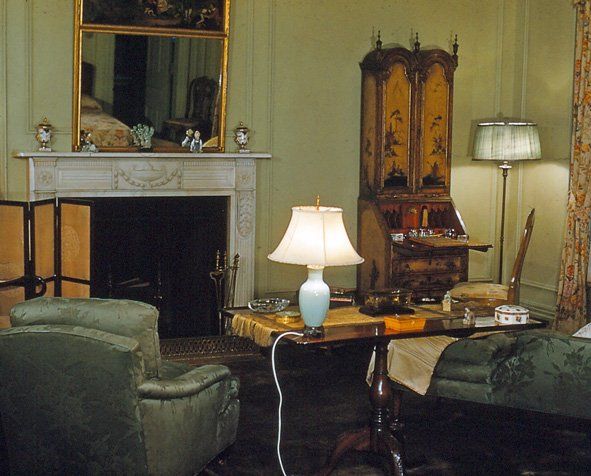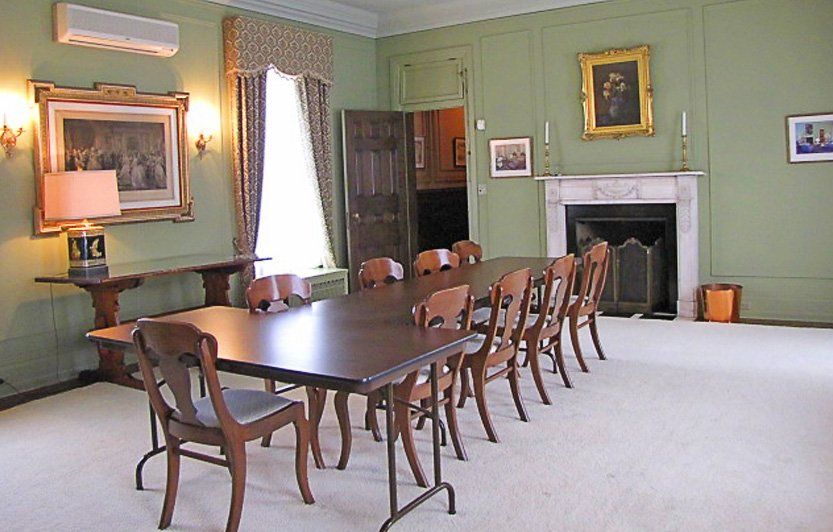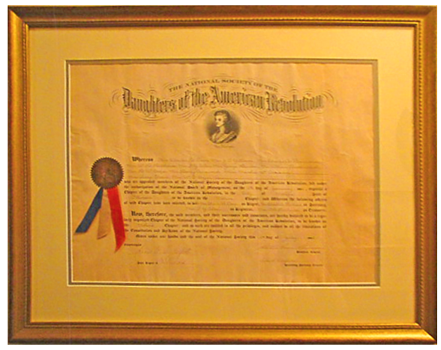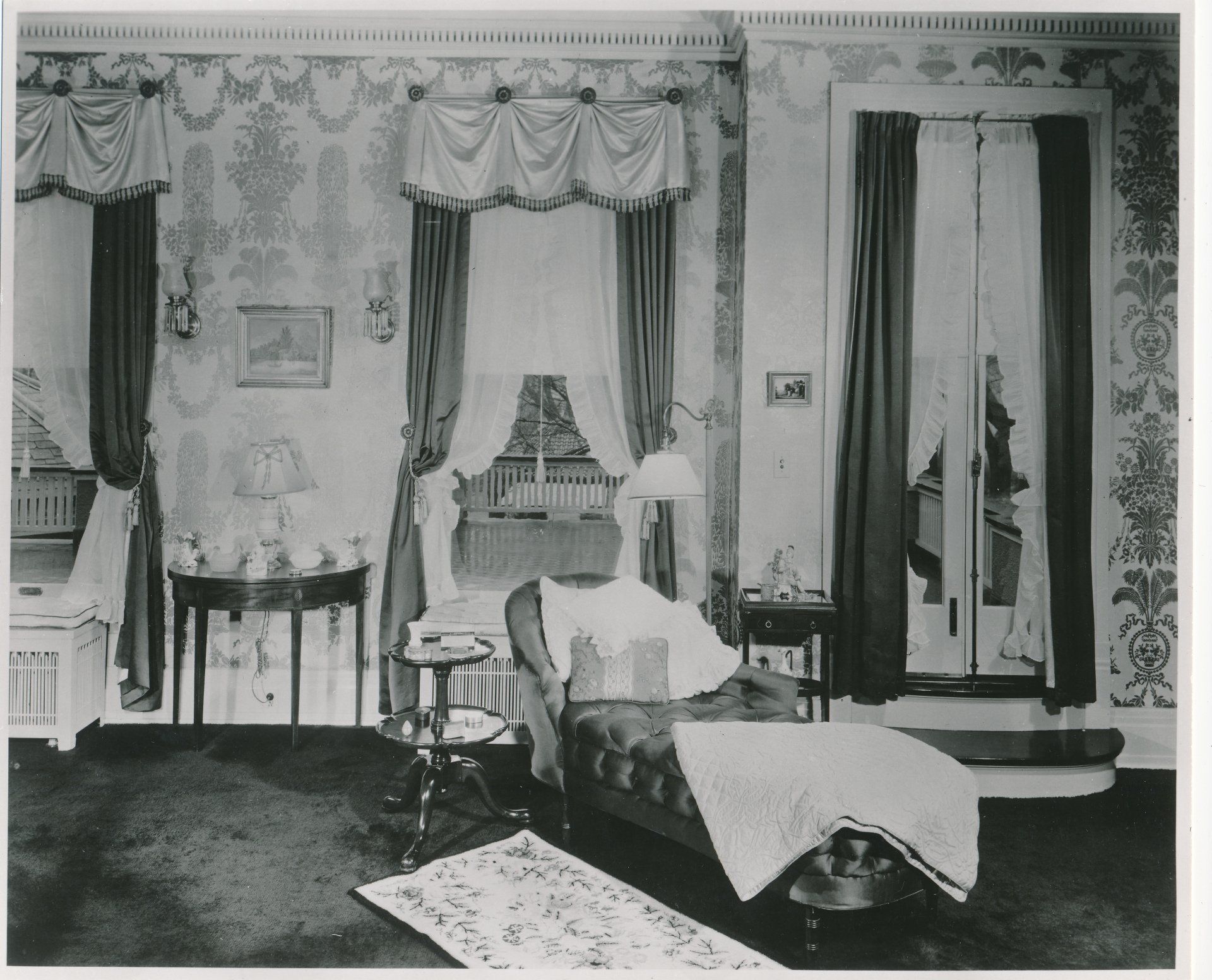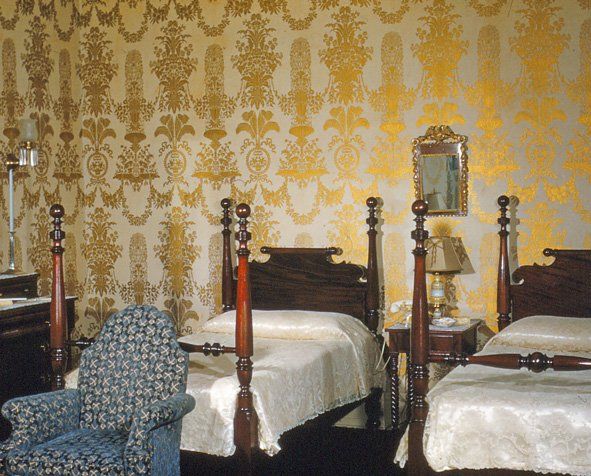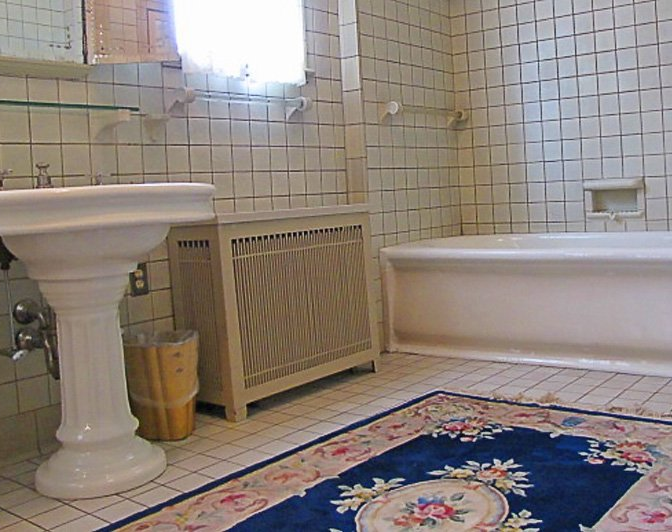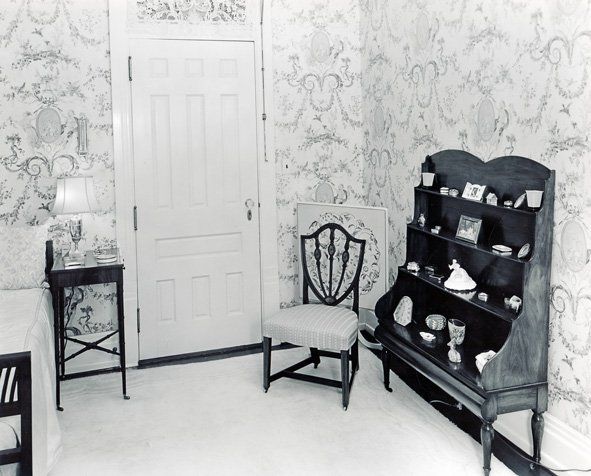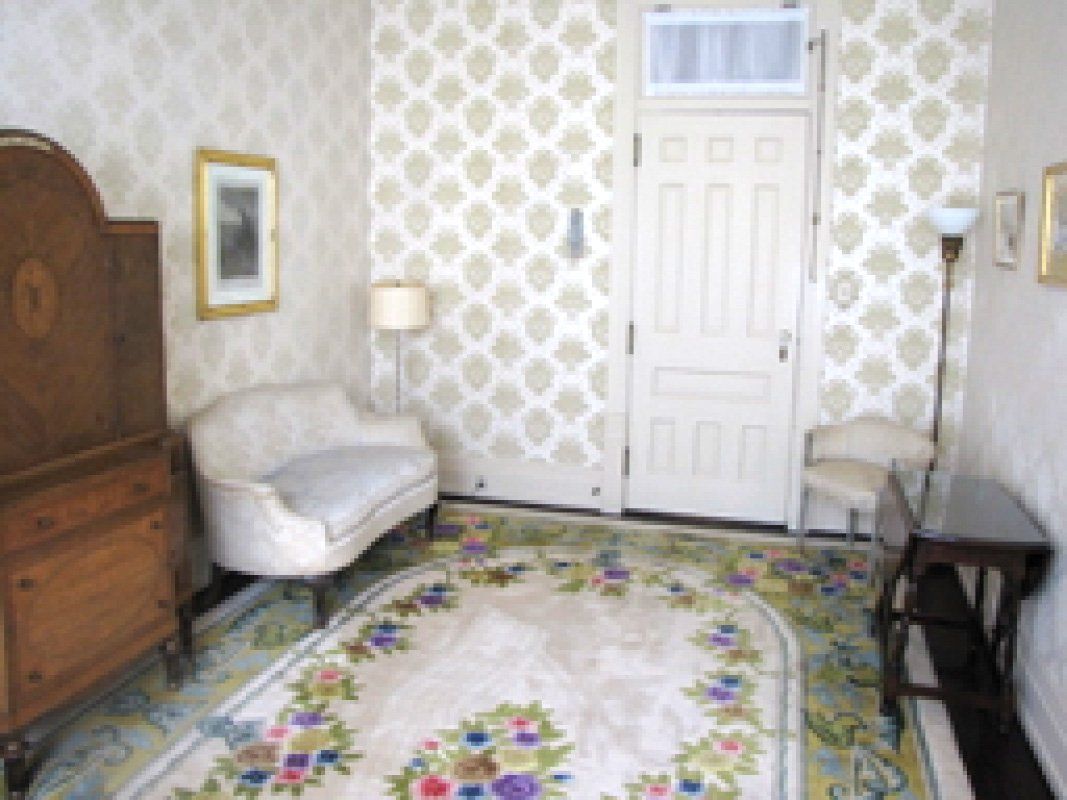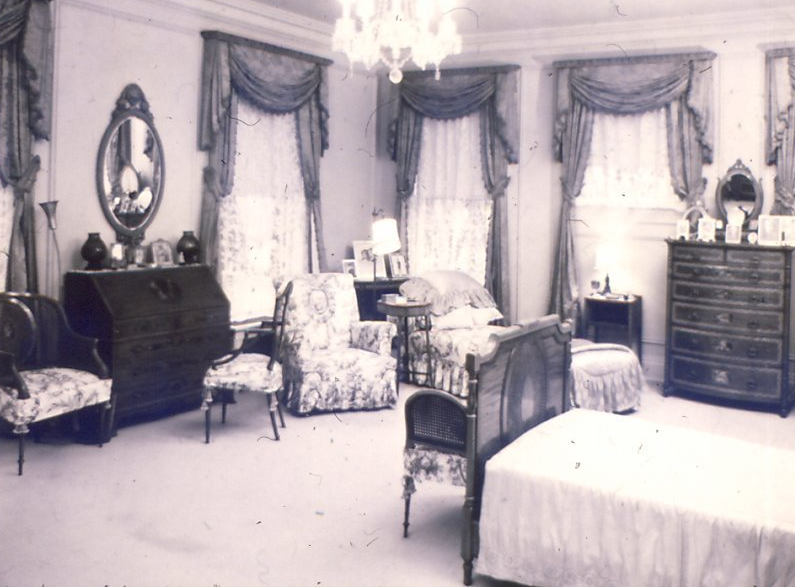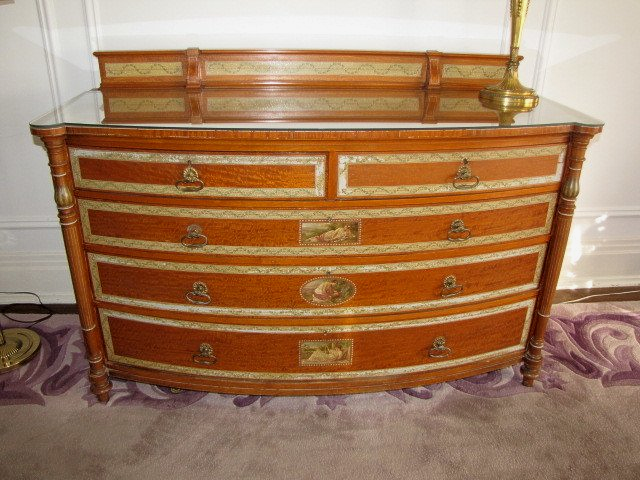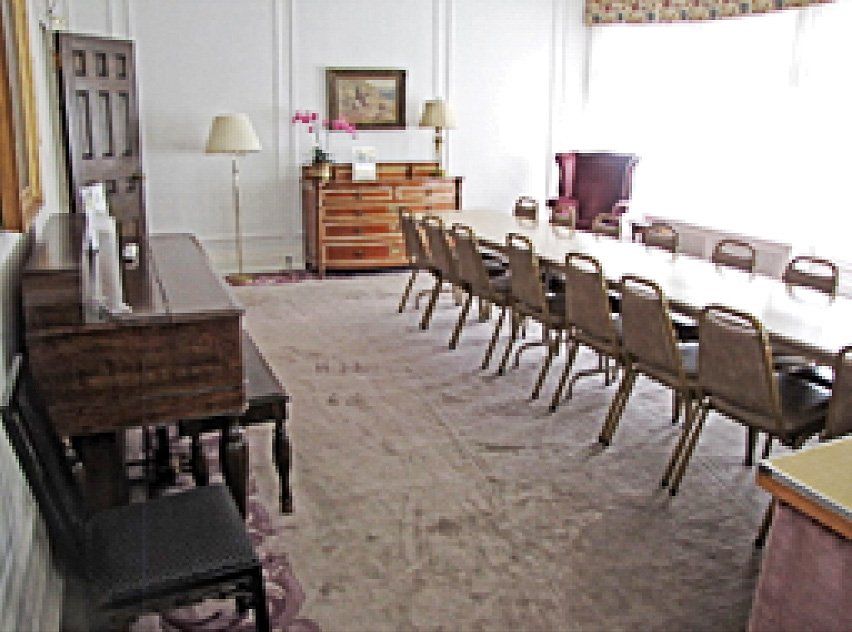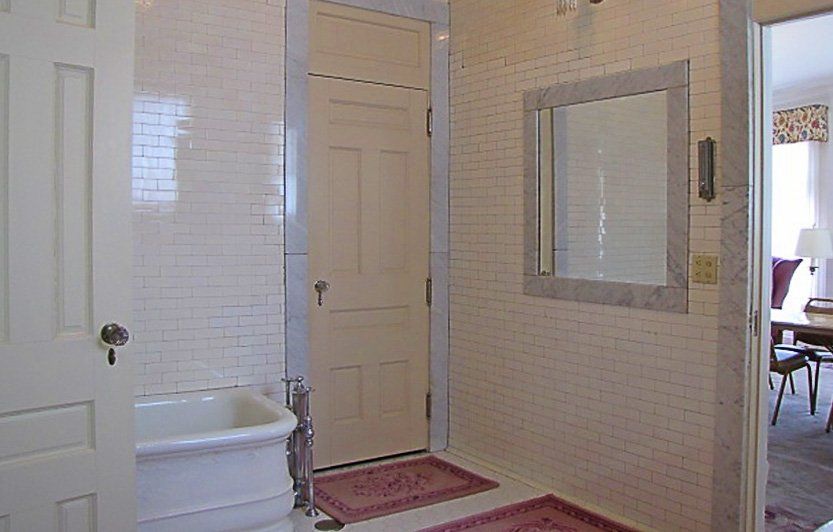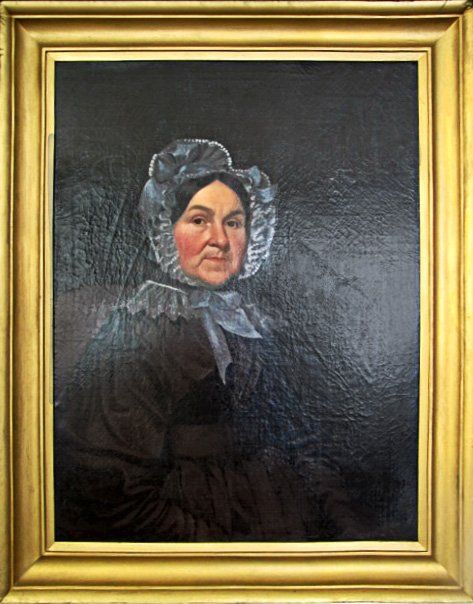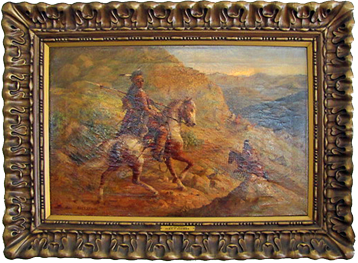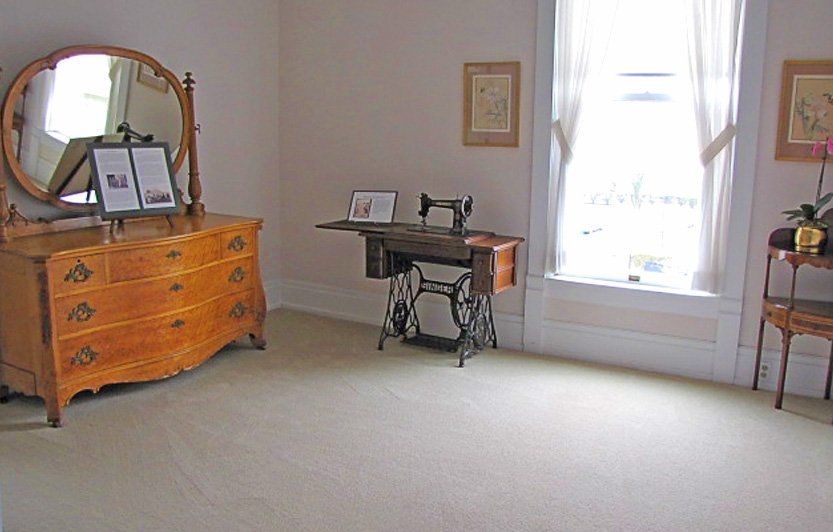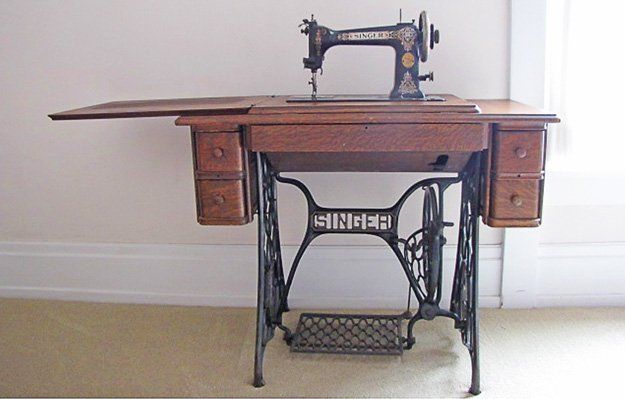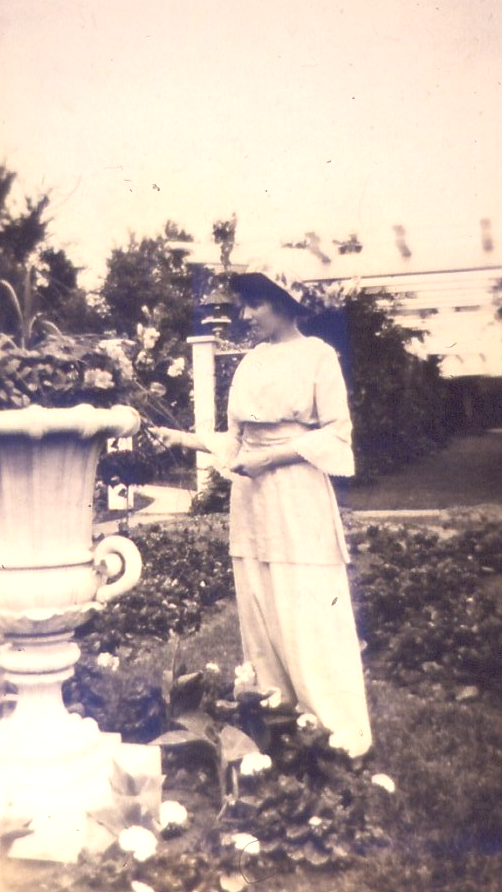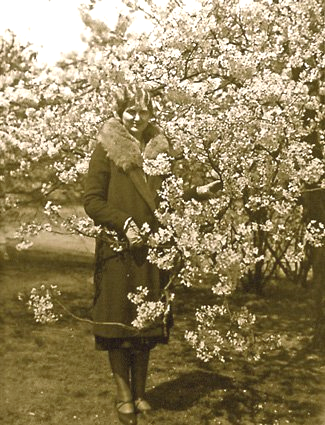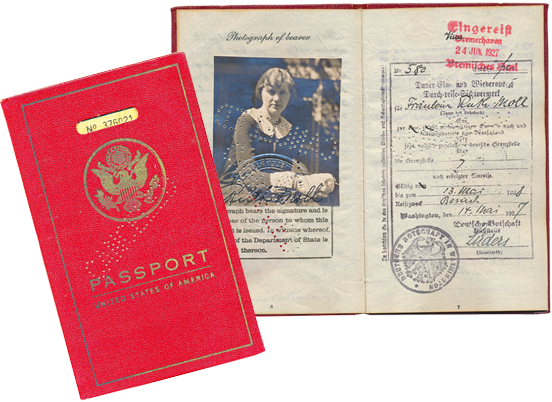The Second Floor originally consisted of one Staff Room, a Sewing Room, the Master Bedroom, Mr. Butterworth’s Wardrobe, and Guest Rooms. During a 1925 renovation, the Guest Room known today as the Green Room was added. In 1956, when the Butterworths’ home opened as a civic center under the direction of the William Butterworth Foundation, all Second Floor rooms became meeting spaces for not-for-profit organizations. Mr. Butterworth’s personal bathroom was converted into a kitchen where groups can prepare
and serve refreshments.
and serve refreshments.
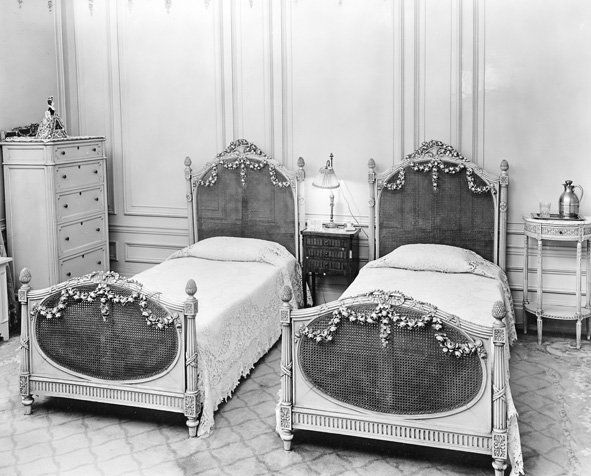
Slide title
Write your caption hereButton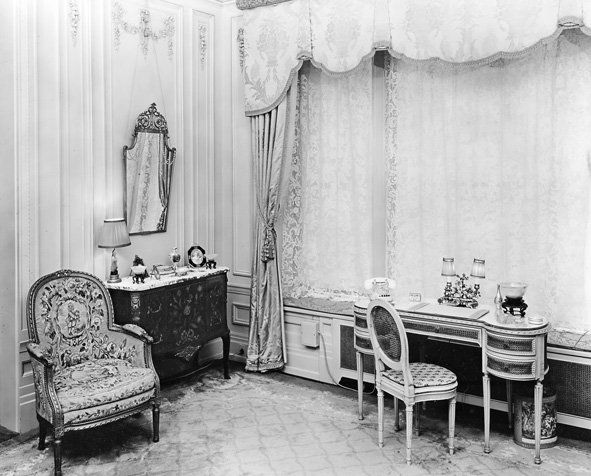
Slide title
Write your caption hereButton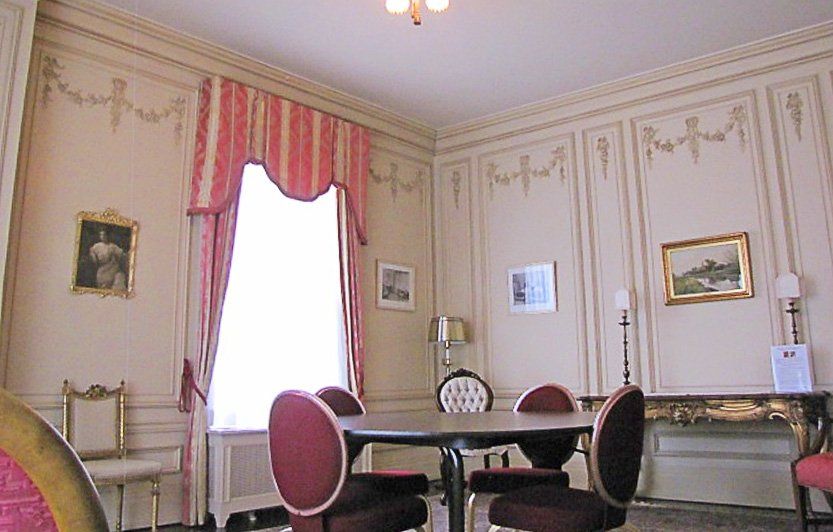
Slide title
Write your caption hereButton
The French Room
As shown in the 1950s photographs, the original decorations created a lovely bedroom for the Butterworths’ guests. Today, the same plasterwork provides an intimate setting for a small meeting.
Farm Scene
is a watercolor painting by Frank F. English (1854-1922). English was born in Louisville, Kentucky, but is more commonly associated with Claymont, Delaware; Philadelphia; and Point Pleasant, Pennsylvania, where he lived from 1910 to 1922. Early in his career, he was an illustrator for newspapers, periodicals, and books. He was best known for watercolor and oil paintings that depicted the countryside of the American agrarian lifestyle before it was overshadowed by incoming industrial development.
The Green Room
The Green Room was added in 1925 as a guest room. The Adamesque-style fireplace mantel was purchased through Jackson & Company. The marble hearth, lined in soapstone, is a typical Adamesque design. Of particular interest is the room’s furniture, shown in the 1950s photo, which won a prize for design at the 1893 Columbian Exposition in Chicago.The certificates along the wall leading to the Green Room are various membership certificates of Mrs. Butterworth, who remained committed to community involvement throughout her lifetime. She participated in several organizations, including the Colonial Dames of America, The Mayflower Society, the New England Historic Genealogical Society, and the National Society of New England Women. Her legacy of community service continues today through the outreach of the William Butterworth Foundation.
The Gold Room
The guest room was remodeled in 1925, at the same time the First Floor Dining Room was renovated. Colonial style wallpaper and matching furniture, as well as an Italian tile bathroom, were added. The balcony, only accessible through the Gold Room, was created when the Dining Room (located directly below on the first floor) was enlarged in 1925.The Blue Room
Originally Mr. Butterworth’s dressing room, the Blue Room included cabinets to store his clothing. After Mr. Butterworth’s death, Mrs. Butterworth removed the wardrobe elements and redecorated with silk floral wallpaper. This room became a sitting room where she often ate her breakfast. As the photo shows, the room later was converted into a bedroom, possibly occupied by a staff member to be near Mrs. Butterworth’s bedroom as she grew older.The master bedroom as it appeared in the 1950s
Original Butterworth dresser
The Orchid Room as it appears today
Master bathroom
Portrait of Sarah Little
Apache Raiders
The Orchid Room
The Orchid Room was the master bedroom and doubled in size during a 1922 Second Floor renovation. The bathroom located on the west side was also completed during the renovations. This bathroom represents an older style of décor than those in the Green and Gold Room bathrooms. After Mrs. Butterworth’s death in 1953, the contents of the master bedroom were gifted to a Wiman family niece. In 2009, the furniture (including the long dresser on display) was returned to the William Butterworth Foundation.Sarah Little Portrait
The portrait on the west wall is Sarah Little, a native of Massachusetts. Her husband, Josiah Little, is seen in a portrait in the downstairs Library. Both Sarah and Josiah lived during the Revolutionary War and were ancestors of Katherine Deere Butterworth through her mother, Mary Little Dickinson Deere.
Apache Raiders Painting
The Butterworths probably obtained Apache Raiders during one of their many stays in Santa Barbara, California. Artist Alexander Harmer (1856-1925) is remembered as one of the first important painters of the West, known for portraying the Old West and the ways of the California vaquero. He was a leader in California’s art community in the late 1800s through the early twentieth century.
Staff Rooms
The staff section of Second Floor consisted of a sewing room and one bedroom adjacent to the rear staff staircase. Both rooms typify the same plain style of woodwork as the staff areas on First Floor. The small bedroom possibly belonged to Ruth Moll (Mrs. Butterworths' secretary). Today, the former sewing room is used for storage.
This sewing machine was not used by the Butterworths' seamstress. It was a wedding gift from the Butterworths to Millie Eldean. Millie began working as a maid for the Butterworths in the early 1910s. In September 1916, she married Carl Ecker and left Hillcrest. Years later, their daughter shared that the Butterworths gave the sewing
machine to Millie. Even though it was not part of the original furnishings, it is a perfect addition to the house.Ruth Moll
Ruth Vendla Marie Moll was born January 22, 1897, in Moline, to Frank Issac and Johanna Elizabeth Lindquist Moll. Ruth attended Moline High School where she played varsity basketball. After high school, she planned to become a history teacher and attended Western Illinois University for one year. After her first year, she accepted a summer job with the Butterworths and never returned to school. She eventually became Mrs. Butterworth’s personal secretary and traveled the world with the family, venturing to Europe, Santa Barbara, Egypt, and even Queen Elizabeth’s coronation. At first, she was concerned about her qualifications for the job, but Mrs. Butterworth assured her, “Child if you’re willing to learn, I’m willing to teach you.” Ruth Moll was integral in transforming Hillcrest into Butterworth Center, opening to the public in 1956. She served for 34 years as the first director.The Butterworths’ Travels
The Butterworths loved to travel, often taking their staff members on their trips. Ruth collected postcards of her travels with the family. View Ruth’s passport and flip through postcards to see where she visited.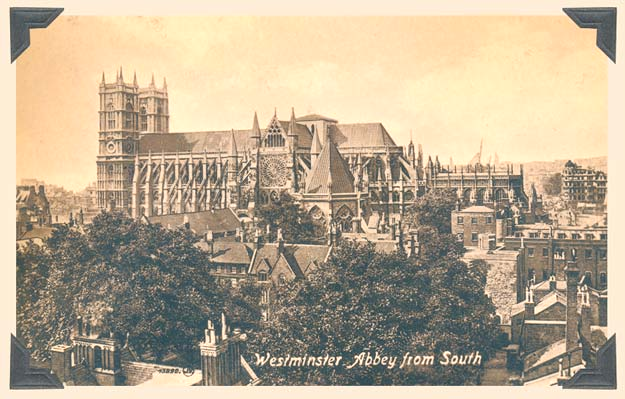
Slide title
Write your caption hereButton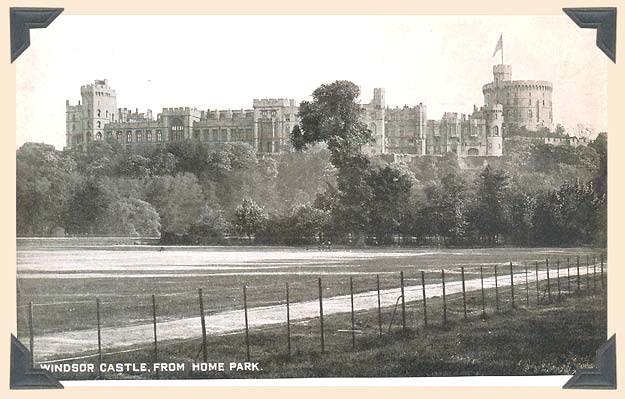
Slide title
Write your caption hereButton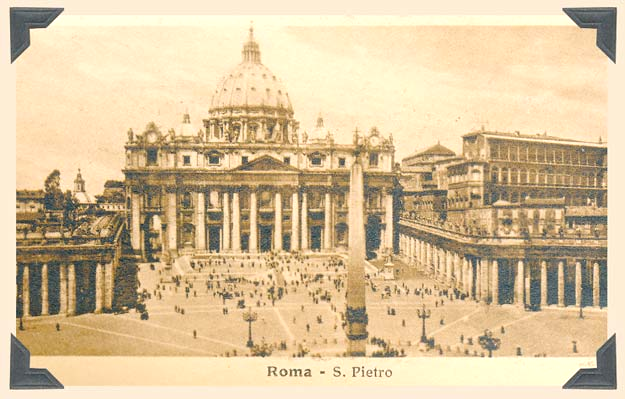
Slide title
Write your caption hereButton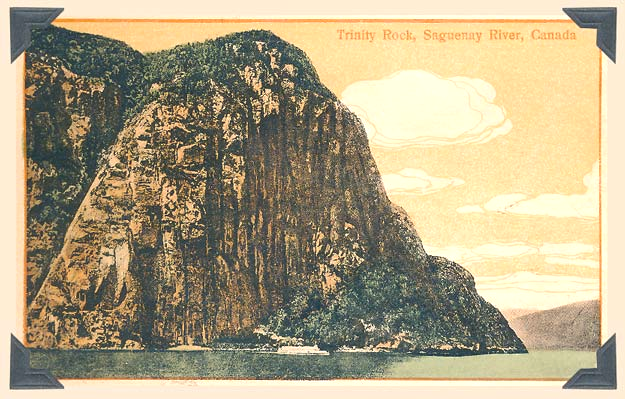
Slide title
Write your caption hereButton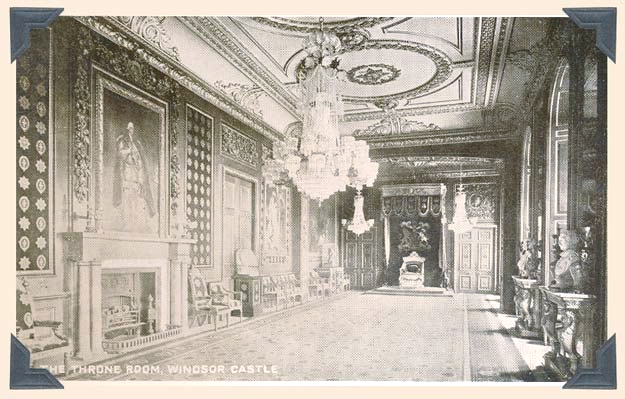
Slide title
Write your caption hereButton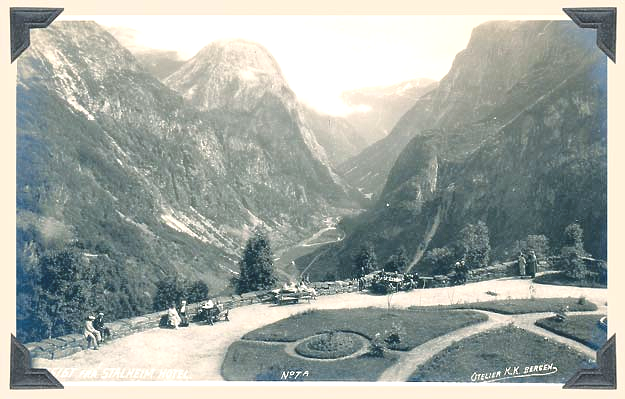
Slide title
Write your caption hereButton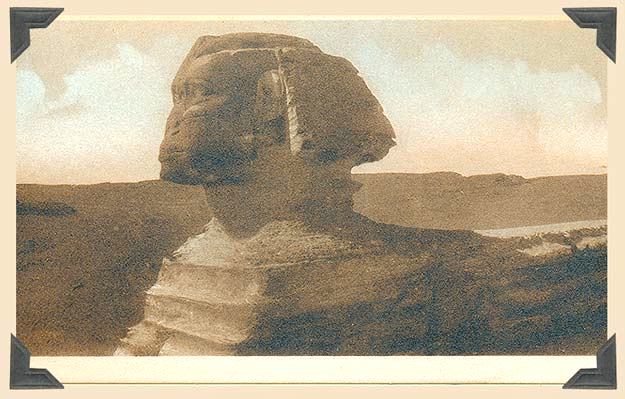
Slide title
Write your caption hereButton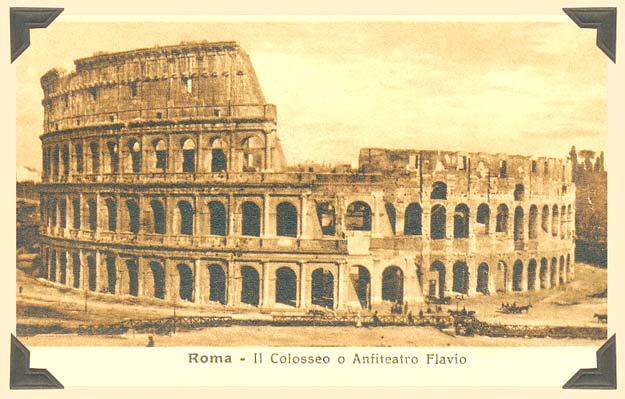
Slide title
Write your caption hereButton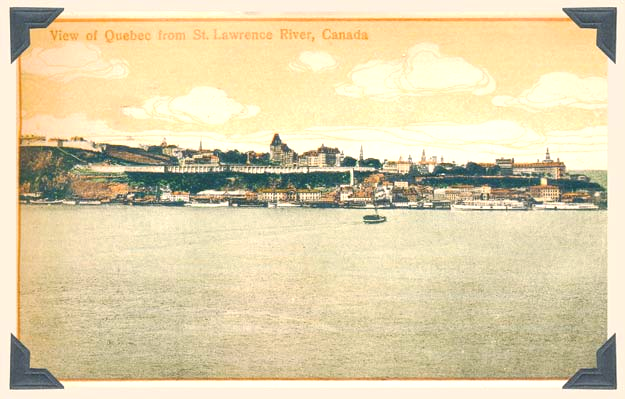
Slide title
Write your caption hereButton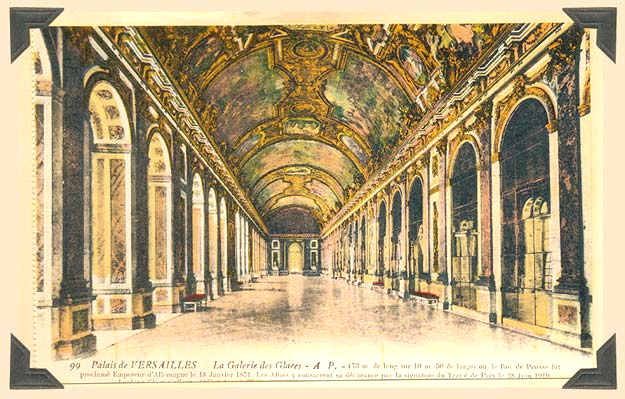
Slide title
Write your caption hereButton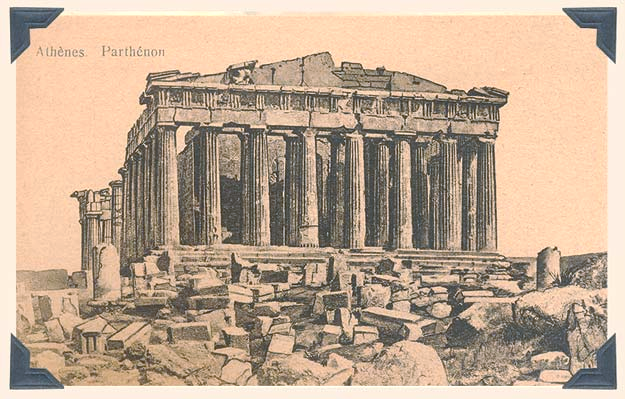
Slide title
Write your caption hereButton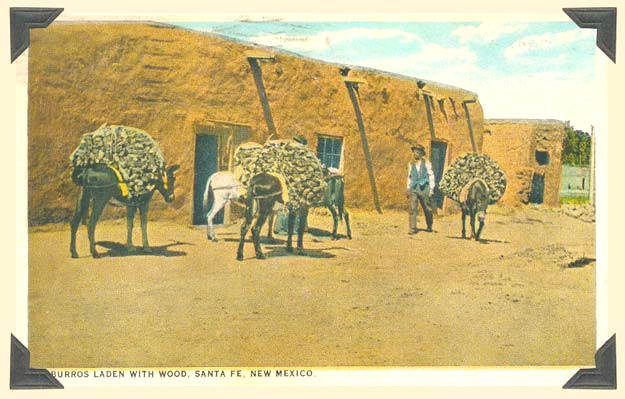
Slide title
Write your caption hereButton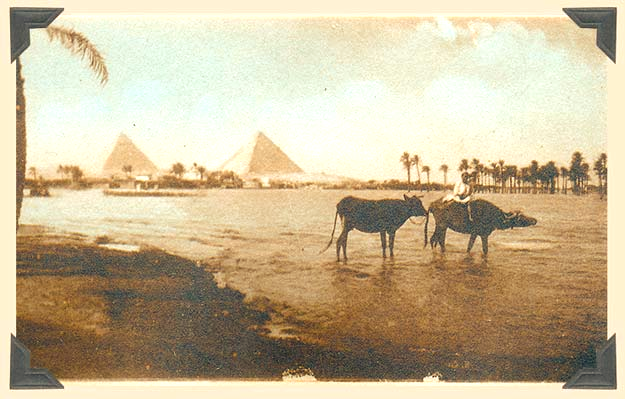
Slide title
Write your caption hereButton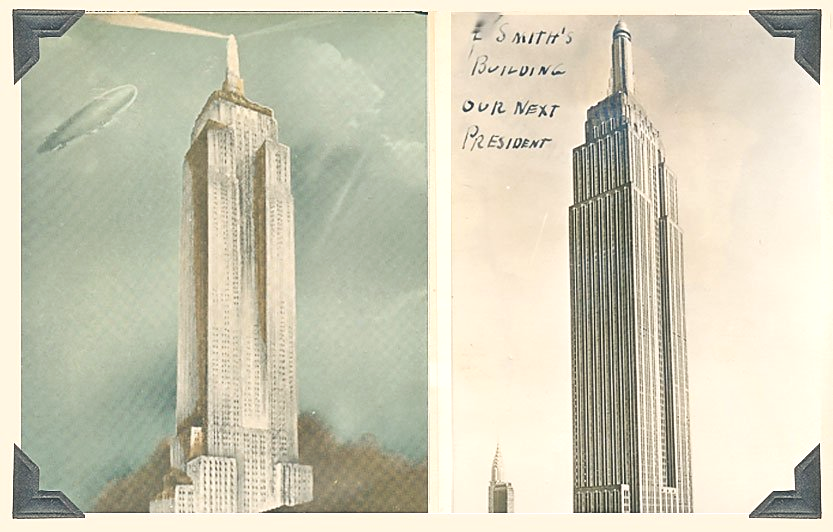
Slide title
Write your caption hereButton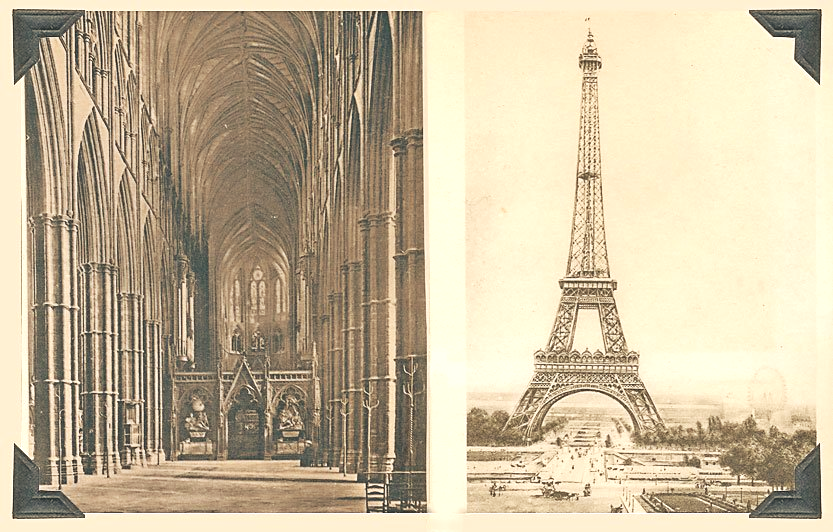
Slide title
Write your caption hereButton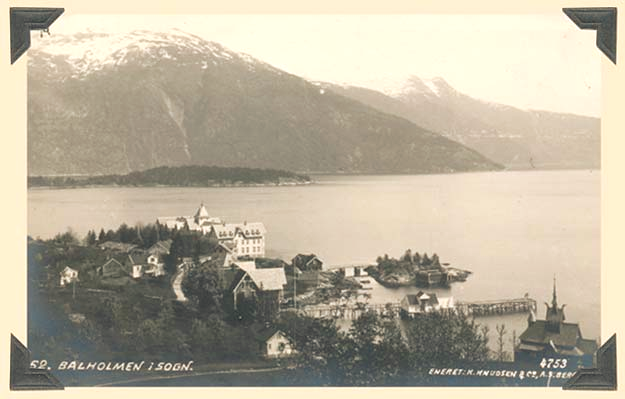
Slide title
Write your caption hereButton
Slide title
Write your caption hereButton
Postcards
Return to main menu to view other floors
Butterworth Center & Deere-Wiman House • 1105-8th Street, Moline, Illinois 61265 •
309 . 743 . 2700
© 2024
All Rights Reserved | William Butterworth Foundation

